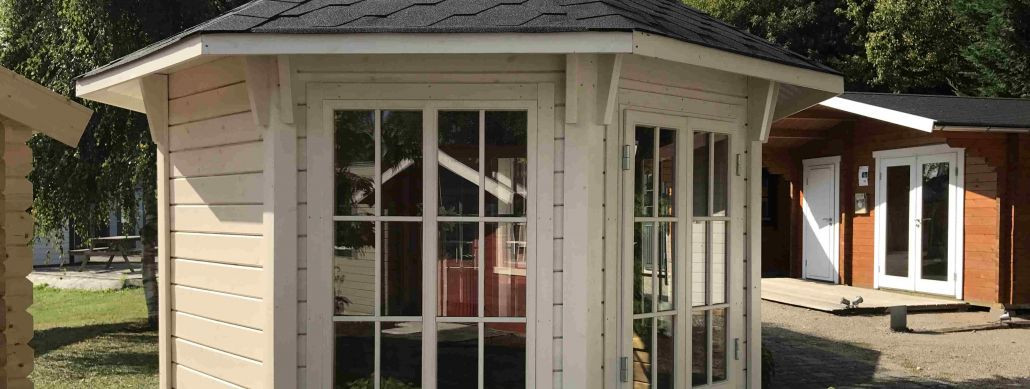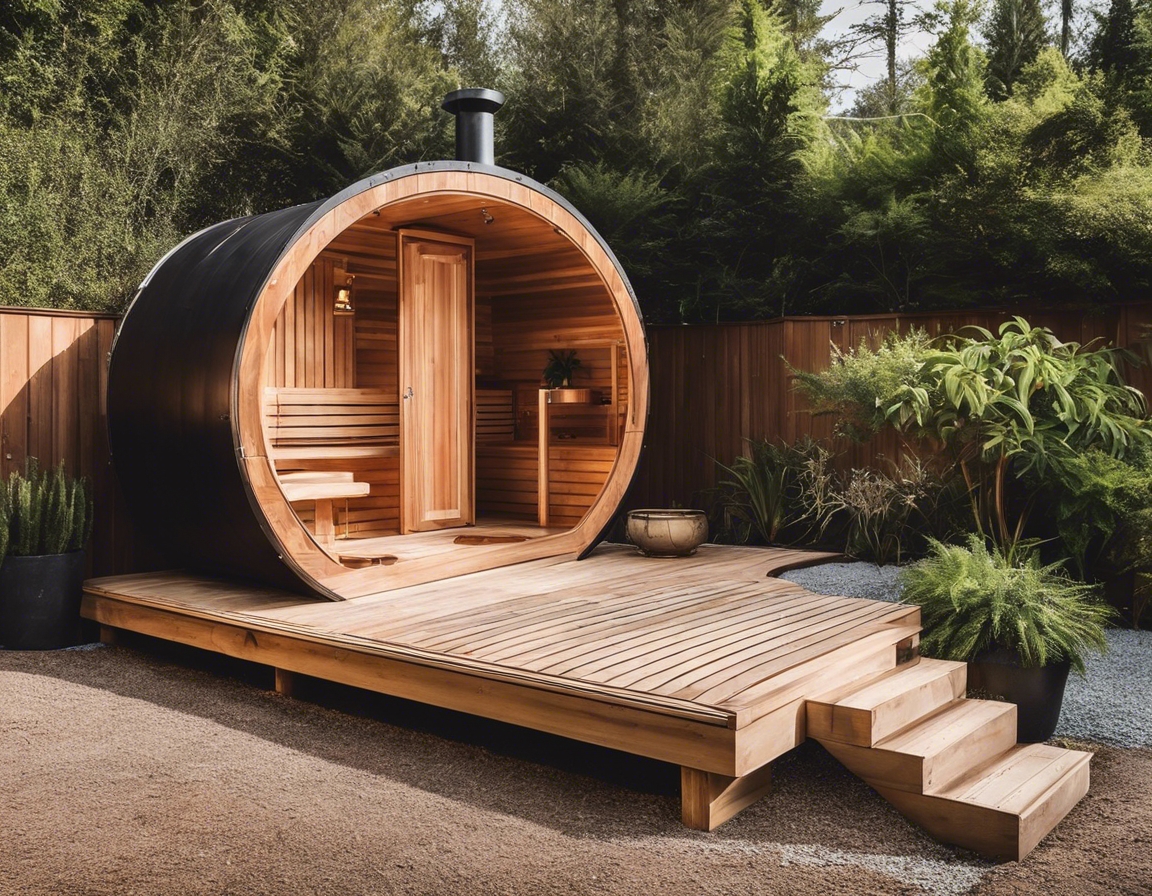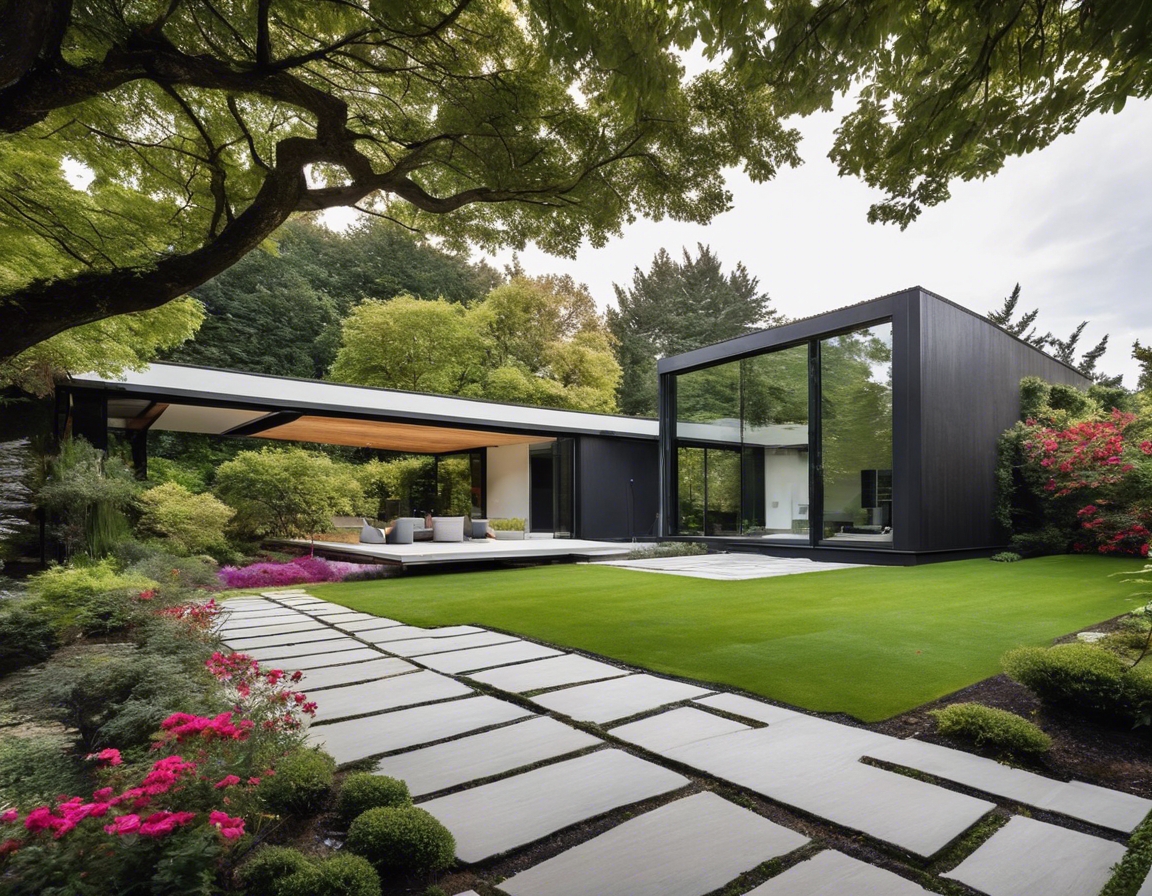How to choose the perfect garden house for your backyard
Garden houses are versatile structures that can transform your backyard into a functional and aesthetically pleasing space. Whether you are looking to create a serene retreat, a home office, or a guest accommodation, choosing the right garden house is crucial to meet your needs and enhance your outdoor living experience.
Understanding Your Needs
Before selecting a garden house, it is essential to define its primary purpose. Are you looking for a space to entertain guests, a quiet place to work, or a storage solution for gardening tools? Understanding the intended use will guide you in choosing the right design and features.
Evaluate the available space in your backyard and consider how much room you need for your garden house. Ensure that the structure complements your existing landscape and does not overwhelm the space. Consider future needs as well, such as expanding the structure or adding additional features.
Material Choices
Wood is a popular choice for garden houses due to its natural beauty and versatility. It offers excellent insulation and can be easily customized. However, it requires regular maintenance to prevent rot and insect damage.
Metal garden houses are durable and require less maintenance than wood. They are resistant to pests and weather conditions but may not offer the same level of insulation. Consider metal if you prioritize longevity and low upkeep.
Composite materials combine the benefits of wood and plastic, offering durability and low maintenance. They are resistant to rot and insects and can mimic the appearance of natural wood.
Design and Aesthetics
Choose a design that complements your home and garden. From traditional to modern styles, the architectural design of your garden house should reflect your personal taste and the overall aesthetic of your property.
Select colors and finishes that blend seamlessly with your outdoor environment. Consider natural tones for a harmonious look or bold colors to make a statement.
Functional Features
Ensure your garden house is well-insulated and weatherproofed to withstand seasonal changes. Proper insulation will make the space comfortable year-round and protect it from moisture and temperature fluctuations.
Incorporate windows and ventilation options to allow natural light and airflow. This will enhance the usability of the space and create a pleasant environment.
Consider built-in storage solutions and utility features that enhance the functionality of your garden house. Shelving, cabinets, and utility connections can make the space more versatile.
Environmental Considerations
Opt for sustainable materials that have a minimal environmental impact. Look for certified wood or recycled materials to reduce your carbon footprint.
Incorporate energy-efficient features such as solar panels or LED lighting to reduce energy consumption and promote sustainability.
Budgeting and Cost Factors
Determine your budget and consider the initial costs of purchasing and installing a garden house. Prices can vary based on size, materials, and features.
Factor in the long-term maintenance costs and the expected lifespan of the garden house. Investing in quality materials and construction can save money in the long run.
Installation and Maintenance
Decide whether to hire professionals for installation or undertake a DIY project. Professional installation ensures quality and compliance with local regulations, while DIY can be cost-effective if you have the skills and tools.
Regular maintenance is essential to keep your garden house in top condition. Clean and inspect the structure periodically, and address any repairs promptly to prevent further damage.






Comments (0)